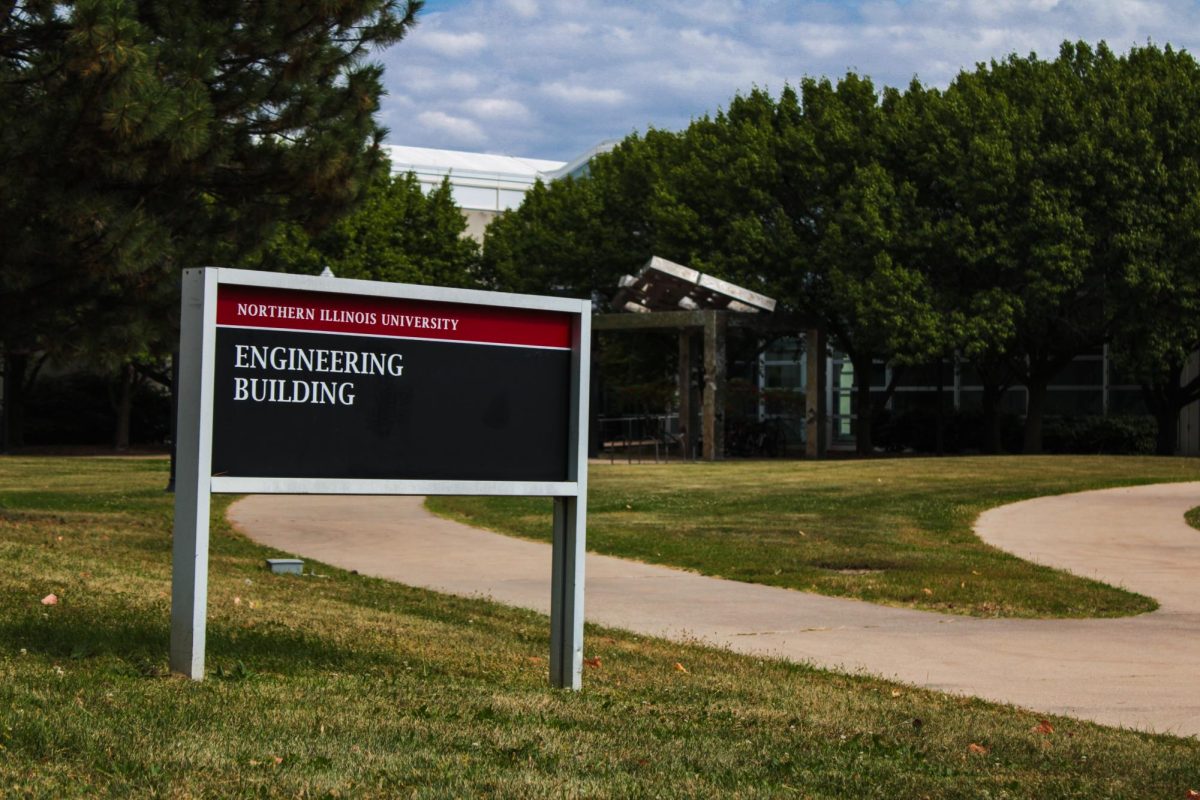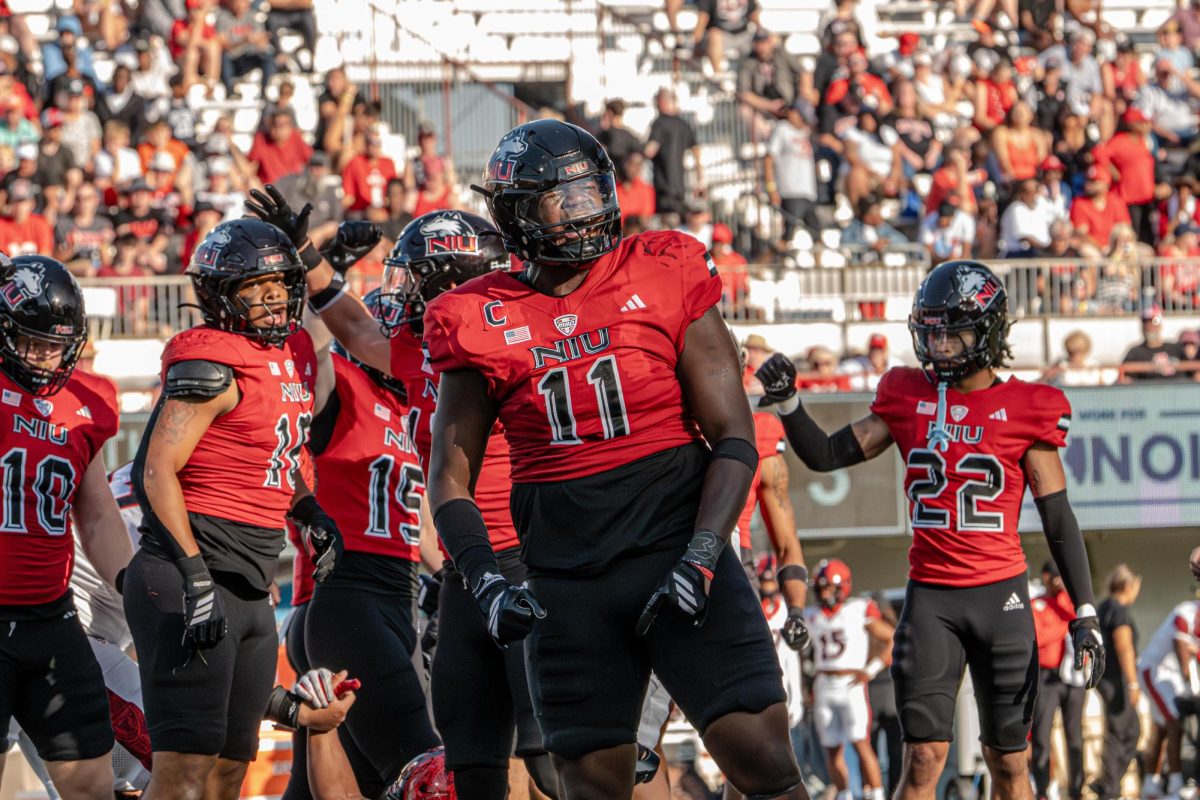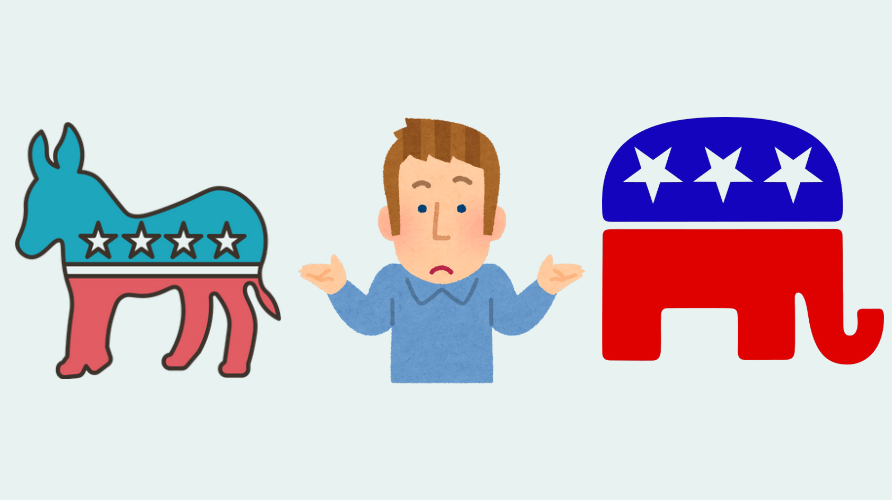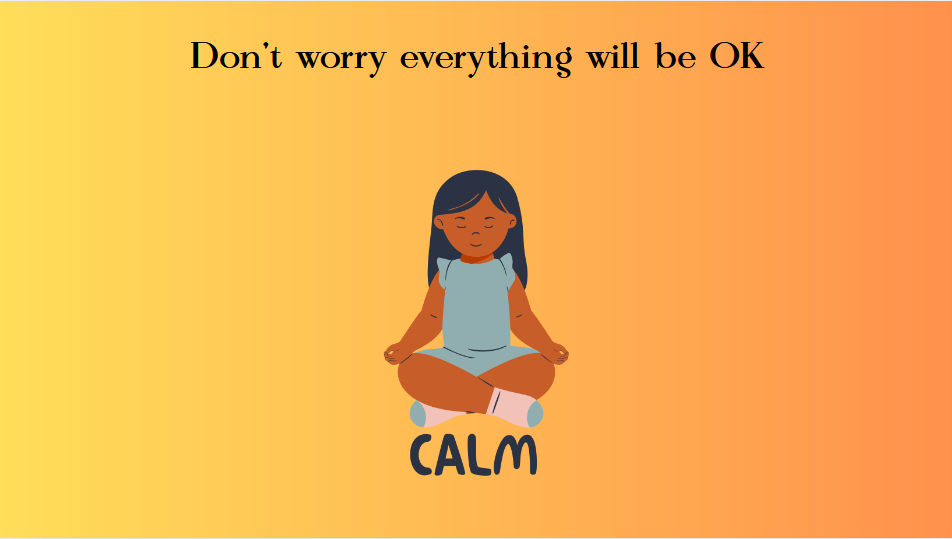Student loans do not make things affordable. In fact, after interest accrues, they do the exact opposite. That’s not to say they aren’t a good resource for students otherwise unable to afford college, but student loans have been over-normalized as a means of payment to a problematic level.
Consider the “cost after aid” metrics students can find on university websites and other pages on the web. These metrics show the cost of a university before and after the average financial aid package has been applied to tuition.
Unbeknownst to many, the “aid” in these metrics typically includes student loans. To pay for college, in addition to the out-of-pocket cost, students also need to pay back loans they take out.
Jahnae Ellis, a sophomore nursing major, believes this distinction needs to be made clearer.
“Most people don’t realize,” Ellis said. “They’re looking at ‘OK I have to get this paid,’ but they’re not thinking about ‘oh, this is what I’m actually paying right now or would be paying in the future.’”
On average, public university students borrow $32,637 for their bachelor’s degree. Those in private nonprofit schools take out $33,700 and those in for-profit universities take out $49,700, according to the Education Data Initiative.
“I feel it’s a lot more socially acceptable to have student loan debt than other types of debt,” said Boone Elledge, a junior music performance major.
By the end of his bachelor’s degree, Elledge expects to take out between $20,000 and $25,000 in student loans.
“I’ve taken out student loans, and I try not to take too much,” Alex Kalavsky, a junior finance major, said. “I don’t want to be paying for them when I’m, like, 30.”
Samantha McCarron, director of NIU’s Financial Aid Department, emphasized the importance of taking out loans in moderation despite their prevalence in society.
“I think in this day and age they are a necessary resource,” McCarron said. “I think that students should only borrow what they need.”
Student loans have become a necessary evil in America.
It is easy to brush off student loans as they have become a “need” for many. However, it is still important for students to be fully conscious of the loans they are taking out and their future ramifications.
Many people in their 30s and 40s are still paying off their student loans, according to a 2023 report. While these loans may have made their schooling possible, these people are still paying for school, even decades later.
Kaylee Ernst, a first-year health sciences major, also anticipates taking out student loans during her tenure at NIU.
“I think kids should have more opportunities for school instead of having to take student loans out at such a young age,” Ernst said. “We’re only 18. We’re just adults.”
It’s important to research what kinds of loans you are taking out and be aware of their interest rates and payment schedules.
There are two main categories of student loans: subsidized and unsubsidized. Subsidized loans do not charge interest until after a borrower has left school. Unsubsidized loans accrue interest from the moment they are taken out, even if payments aren’t being made.
“People look at it as if the money isn’t real,” Kalavsky said. “You take the loan, you want to get through college and you’ll deal with it later.”
Even if payments aren’t in a student’s imminent future, these loans cannot be ignored. The longer one pushes payments back, the more their debt will pile up.
McCarron urges students to be aware of their financial commitment.
“Loans should really be the last stop for students,” McCarron said. “They should be maximizing everything else from going to state resources to institutional resources, like the MyScholarship system, to also private donors outside of NIU.”
Even so, for many, higher education would not be possible without student loans. There is often a gap between the gift-based aid students receive, such as scholarships and grants, and the amount owed to the university.
Student loans are an option to help make school possible in these scenarios, but they do not increase college’s affordability and have no impact on the amount of tuition a student needs to pay for. These two ideas are not interchangeable.
“They are the opposite of affordable,” Elledge said.
McCarron urges students with questions to reach out to the university’s various offices to get more information than the outlines provided on the Financial Aid Office’s website.
“They can call our office, walk in or make a virtual appointment with us,” McCarron said. “There is also the Student Financial Services Office, and they also counsel students on loans, and they look at a little bit more of the nitty-gritty of loan repayment with students.”
Student Financial Advising Services can be contacted through its website.
Contact information for the Financial Aid Office can be found on its website.




















